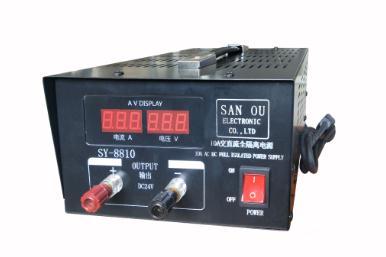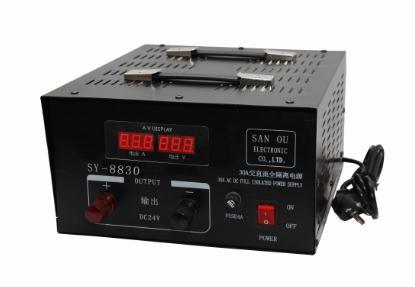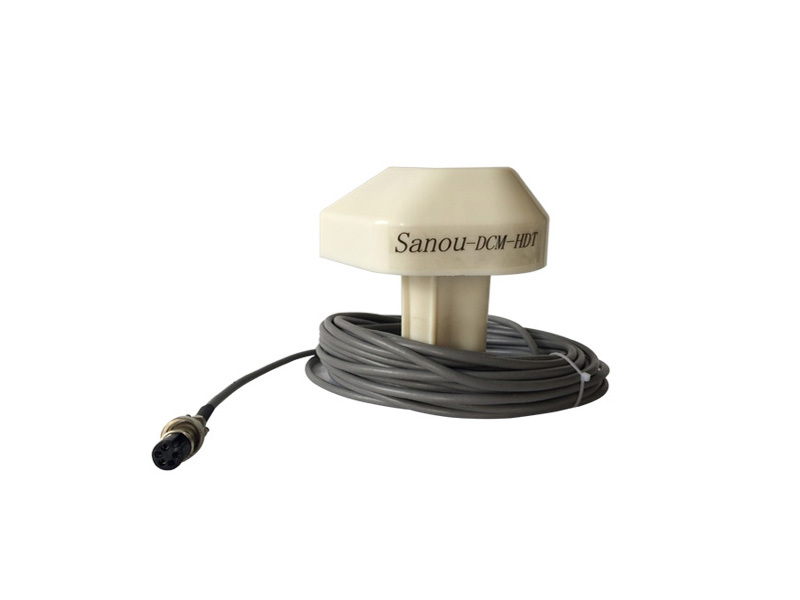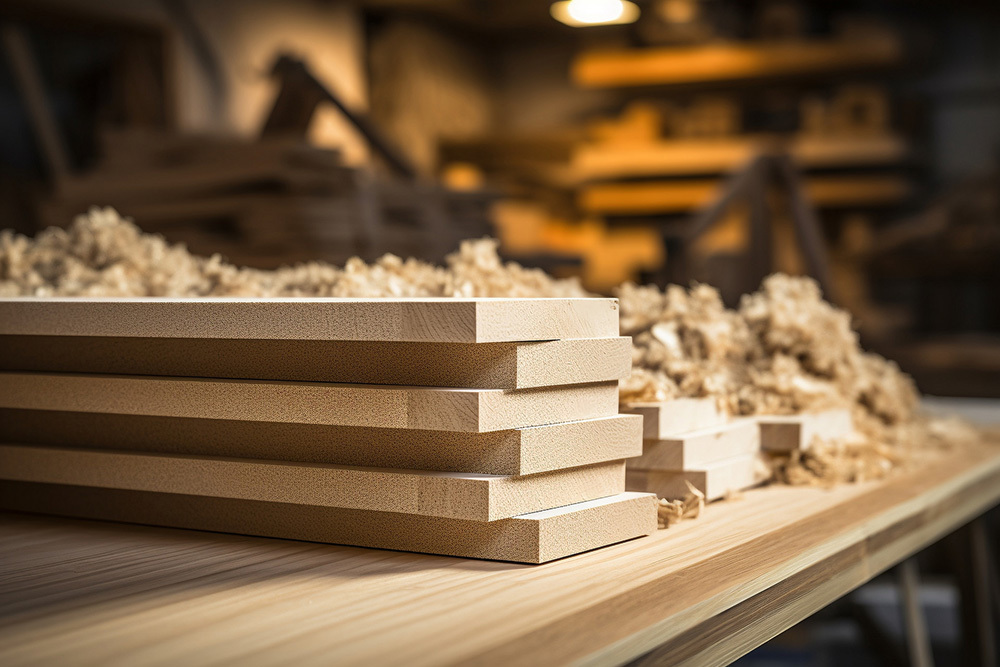News Center
The Benefits of Direction Sensors in Modern Electronics: Enhancing Precision and Efficiency
The Benefits of Direction Sensors in Modern Electronics
Table of Contents
- Introduction to Direction Sensors
- What are Direction Sensors?
- Types of Direction Sensors
- Key Benefits of Direction Sensors
- Direction Sensors in Various Industries
- The Future of Direction Sensors
- Conclusion
- Frequently Asked Questions (FAQs)
Introduction to Direction Sensors
In the rapidly evolving landscape of modern electronics, the significance of **direction sensors** cannot be overstated. These sensors play a crucial role in enhancing the functionality of various electronic devices, ensuring they operate with greater precision and efficiency. As industries continue to embrace automation and smart technologies, understanding the benefits of direction sensors becomes essential for manufacturers and consumers alike.
What are Direction Sensors?
Direction sensors are specialized devices designed to detect the orientation or direction of an object in relation to a reference point. They utilize various technologies such as **magnetism**, **accelerometers**, and **gyroscopes** to ascertain their position and movement. These sensors can be found in a multitude of applications, ranging from consumer electronics to complex industrial systems.
Types of Direction Sensors
Understanding the different types of direction sensors is vital for selecting the appropriate technology for specific applications. The most common types include:
Magnetic Sensors
Magnetic direction sensors, often referred to as **compass sensors**, use the Earth's magnetic field to determine orientation. They are widely used in navigation systems for smartphones and vehicles.
Accelerometers
Accelerometers measure changes in velocity and can infer direction based on movement patterns. They are commonly integrated into smartphones, fitness trackers, and automotive safety systems.
Gyroscopes
Gyroscopes assess rotational motion and can provide precise orientation data. These sensors are essential in applications such as drones, virtual reality headsets, and autonomous vehicles.
Inertial Measurement Units (IMUs)
IMUs combine accelerometers and gyroscopes to provide comprehensive data on motion and orientation. They are pivotal in robotics and aerospace applications, ensuring accurate navigation and control.
Key Benefits of Direction Sensors
The integration of direction sensors into modern electronics brings a myriad of advantages that enhance overall performance.
Enhanced Precision
One of the primary benefits of direction sensors is their ability to provide **highly accurate orientation data**. This precision is critical in applications such as robotics, where even minor deviations can lead to significant errors. By utilizing advanced algorithms and sensor fusion techniques, direction sensors can deliver precise position data that allows for improved control and functionality.
Increased Efficiency
Direction sensors streamline operations by enabling real-time data processing. This capability allows systems to respond promptly to changes in orientation or position, thereby increasing overall efficiency. For example, in automated manufacturing processes, direction sensors can enhance workflow by ensuring that machines operate at optimal angles, reducing energy consumption and minimizing wear and tear.
Versatility in Applications
Direction sensors are adaptable and can be employed across various industries. From consumer electronics to automotive applications and industrial automation, these sensors can fulfill diverse needs. Their versatility makes them indispensable in today's technologically advanced society.
Safety and Reliability
Direction sensors contribute significantly to the safety of electronic devices and systems. By providing accurate data on orientation, they help prevent accidents and malfunctions. For instance, in automotive applications, direction sensors can detect potential hazards, ensuring that vehicles operate safely in different conditions.
Direction Sensors in Various Industries
The impact of direction sensors spans multiple sectors, each benefiting from their precision and reliability.
Consumer Electronics
In consumer electronics, direction sensors enhance user experiences. Smart devices like smartphones and tablets utilize these sensors for features such as automatic screen rotation and augmented reality applications.
Automotive Industry
The automotive industry leverages direction sensors for navigation systems, stability control, and advanced driver-assistance systems (ADAS). These technologies significantly improve safety and driving experiences.
Aerospace and Defense
In aerospace, direction sensors are crucial for navigation, stability, and control of aircraft. They enable pilots to maintain accurate orientation during flight, enhancing safety and performance.
Industrial Automation
Direction sensors are integral to automated systems in manufacturing and logistics. They enhance the precision of robotic systems and improve overall operational efficiency.
The Future of Direction Sensors
The future of direction sensors looks promising, with ongoing advancements in technology paving the way for more innovative applications. Emerging trends such as **miniaturization**, **integration with artificial intelligence**, and **IoT connectivity** are expected to revolutionize how direction sensors are utilized in modern electronics. As industries continue to seek greater efficiency and automation, the demand for robust and reliable direction sensors will continue to grow.
Conclusion
Direction sensors play a pivotal role in modern electronics, offering unparalleled benefits in precision, efficiency, and versatility. As we continue to witness advancements in technology, the importance of these sensors will only increase. By integrating direction sensors into various applications, industries can enhance performance, improve safety, and drive innovation forward. Embracing this technology is essential for any entity aiming to stay competitive in the rapidly evolving electronic landscape.
Frequently Asked Questions (FAQs)
1. What exactly do direction sensors measure?
Direction sensors measure the orientation or direction of an object relative to a reference point, often using magnetic fields, acceleration, or rotation data.
2. How do direction sensors improve safety in electronics?
By providing accurate orientation data, direction sensors help prevent accidents and malfunctions, especially in critical applications such as automotive and aerospace systems.
3. Can direction sensors be used in consumer electronics?
Yes, direction sensors are widely used in consumer electronics, including smartphones and tablets, to enhance user experiences through features like automatic screen rotation.
4. What industries benefit from direction sensors?
Direction sensors impact multiple industries, including consumer electronics, automotive, aerospace, and industrial automation, providing benefits in precision and efficiency.
5. What is the future potential of direction sensors?
The future of direction sensors looks bright, with trends like miniaturization, AI integration, and IoT connectivity poised to revolutionize their applications in modern electronics.
Related News
Understanding the Benefits of a 1 in 4 Out Signal Distributor for Electronic Components
Understanding the Benefits of a 1 in 4 Out Signal Distributor for Electronic Components Table of Contents 1. Introduction to Signal Distribution 2. What is a 1 in 4 Out Signal Distributor? 3. Key Advantages of Using a 1 in 4 Out Signal Distributor 3.1 Enhanced Signal Integrity 3.2 Improved Signal Distribution Efficiency 3.3 Flexibility in System Desi
Understanding the 1 in 10 Out Signal Distributor: A Key Component in Optoelectronic Applications
A 1 in 10 out signal distributor is a specialized electronic device that takes a single input signal and replicates it across multiple output channels—in this case, ten outputs. This function is crucial in various applications, including telecommunications, broadcasting, and data transmission systems. The ability to distribute a single signal to multiple outputs ensures that information can reach
Unlocking the Benefits of the Furuno 1831 Radar with a Quality 24 Pin Square Plug
Unlocking the Benefits of the Furuno 1831 Radar with a Quality 24 Pin Square Plug Table of Contents 1. Introduction to Furuno 1831 Radar 2. Key Features of the Furuno 1831 Radar 3. Advantages of Using a Quality 24 Pin Square Plug 4. Installing the Furuno 1831 Radar with a 24 Pin Square Plug 5. Maintenance Tips for Optimal Performance 6. Troubleshooting Common




